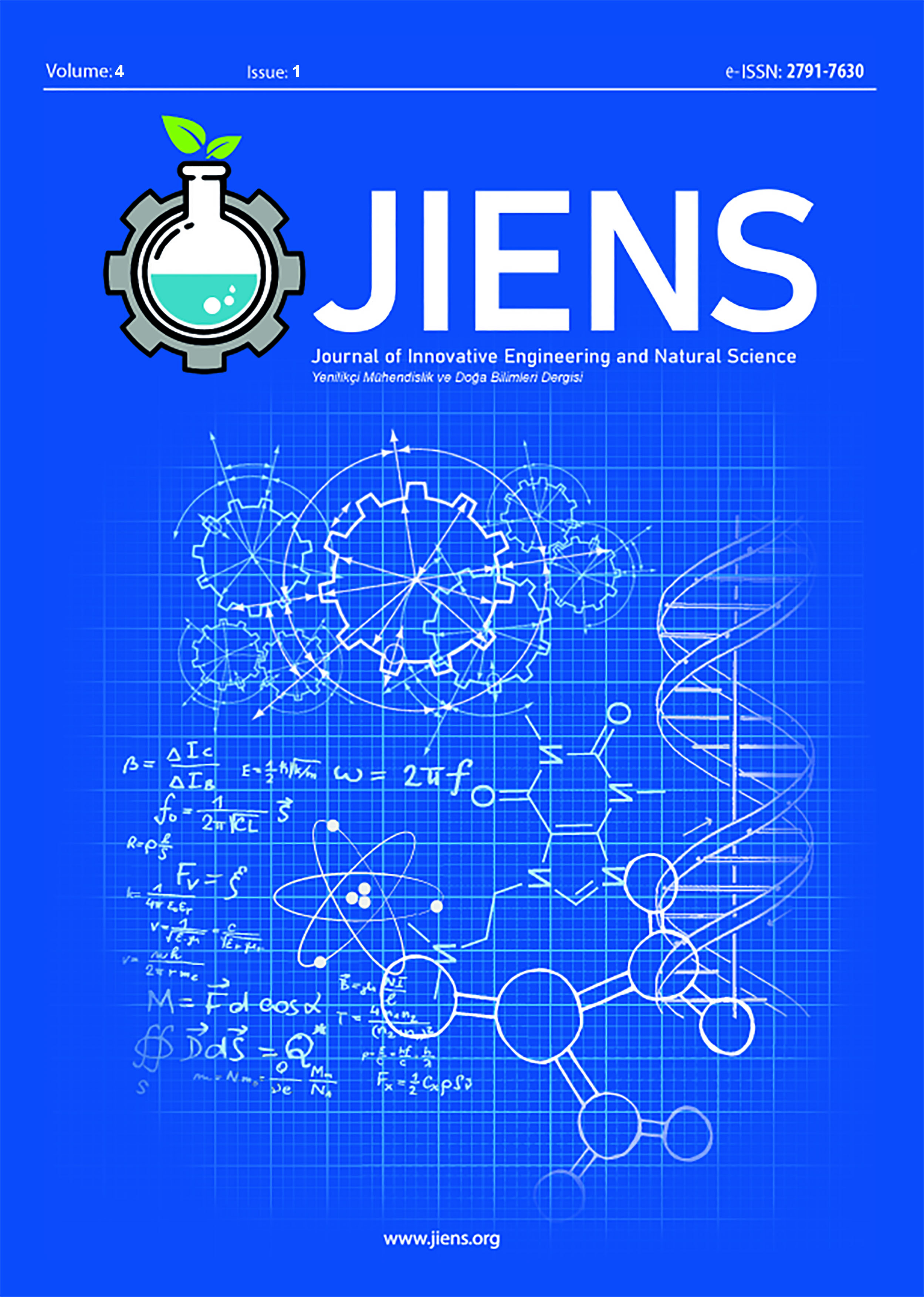Examination and Improvement of Direction-Dependent Surface Properties in Composite Structures Produced by the Fused Depostion Modelling Method
Author :
Abstract
Additive manufacturing methods, which have begun to be used in final product production beyond producing prototypes, are popular research topics today. The Fused Filament Fabrication (FFF) method, which has a wider usage area and user base, is the most well-known among these methods. The method in which the polymer is extruded in layers has advantages such as design freedom and topology optimization, as well as disadvantages such as surface roughness and low production speed. The number of materials that can be used in the FFF method is diversifying day by day, and polymeric composites can also be produced beyond pure polymers. The use of engineering polymers such as polyamide in this production method creates many new opportunities. In addition, the start of production of short fiber reinforced polymeric composites has paved the way to produce high-performance final products. In this study, the effects of parameters such as layer thickness and printing orientation on the surface roughness of samples produced using polyamide and short carbon fiber reinforced polymer matrix composite materials were examined. Chemical surface treatment was applied to the surfaces of 3D-printed samples to improve surface roughness. It was concluded that the increase in layer thickness increases the surface roughness, the -/+45 filling orientation creates higher roughness than the 0 and 90 orientations, and the surface quality can be increased by chemical surface modification.
Keywords
Abstract
Additive manufacturing methods, which have begun to be used in final product production beyond producing prototypes, are popular research topics today. The Fused Filament Fabrication (FFF) method, which has a wider usage area and user base, is the most well-known among these methods. The method in which the polymer is extruded in layers has advantages such as design freedom and topology optimization, as well as disadvantages such as surface roughness and low production speed. The number of materials that can be used in the FFF method is diversifying day by day, and polymeric composites can also be produced beyond pure polymers. The use of engineering polymers such as polyamide in this production method creates many new opportunities. In addition, the start of production of short fiber reinforced polymeric composites has paved the way to produce high-performance final products. In this study, the effects of parameters such as layer thickness and printing orientation on the surface roughness of samples produced using polyamide and short carbon fiber reinforced polymer matrix composite materials were examined. Chemical surface treatment was applied to the surfaces of 3D-printed samples to improve surface roughness. It was concluded that the increase in layer thickness increases the surface roughness, the -/+45 filling orientation creates higher roughness than the 0 and 90 orientations, and the surface quality can be increased by chemical surface modification.
